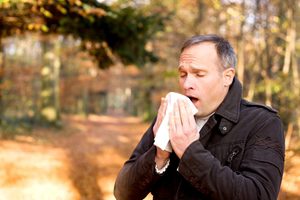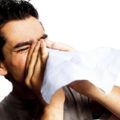
Don't look now, but winter is almost upon us. For many allergy sufferers, its approach may appear to be welcoming news. After all, when winter begins, ragweed and pollen season end.
However, just because these seasons end doesn't mean sufferers won't have to manage other allergies such as mold, dust and dust mites, and pet dander. These allergies can affect you whether you're in or outside of your home, so it's important to understand what their symptoms are and how to manage them.
Here are the allergies most likely to affect you this time of year and the type of symptoms you are likely to face:
Mold
Mold develops in damp, dark areas. You can suffer from mold allergies in your home or, say, at a local flower shop. Symptoms include nasal stuffiness, eye irritation or even skin irritation.
Pet dander
If you're around a pet and begin to sneeze, have itchy, watery eyes, or have a runny nose or congestion, you likely are allergic to pet dander. The best way to manage these allergies is to stay away from these pets or own a pet that doesn't have fur.
Dust and dust mites
Like many other allergies, when you're allergic to dust and dust mites, you may sneeze, have a runny or stuffy nose, or have red, itchy or watery eyes. Dust mites may also make your skin feel itchy.
For more information on proper allergy management techniques and allergy control products, visit Allergy Be Gone today.









